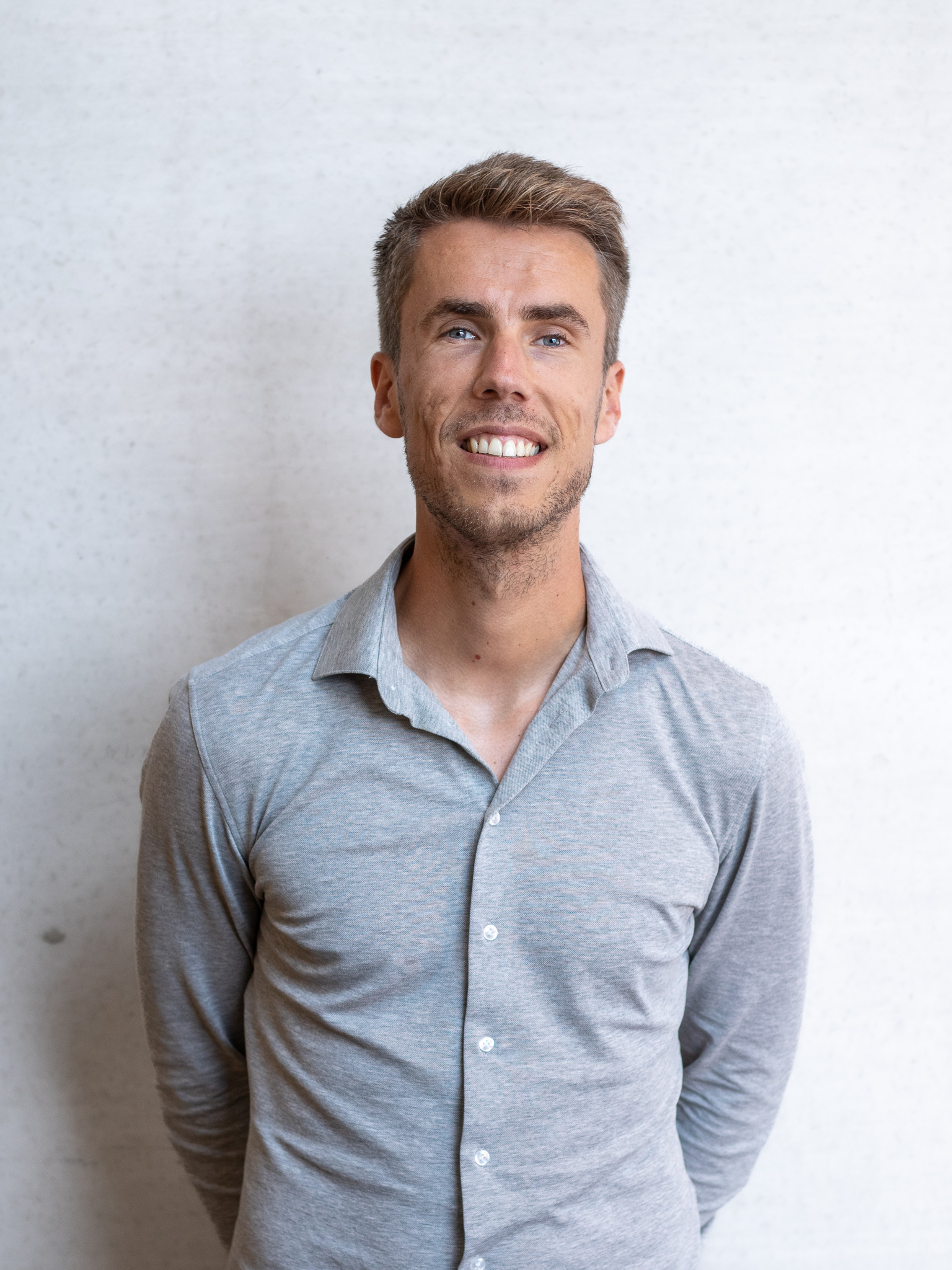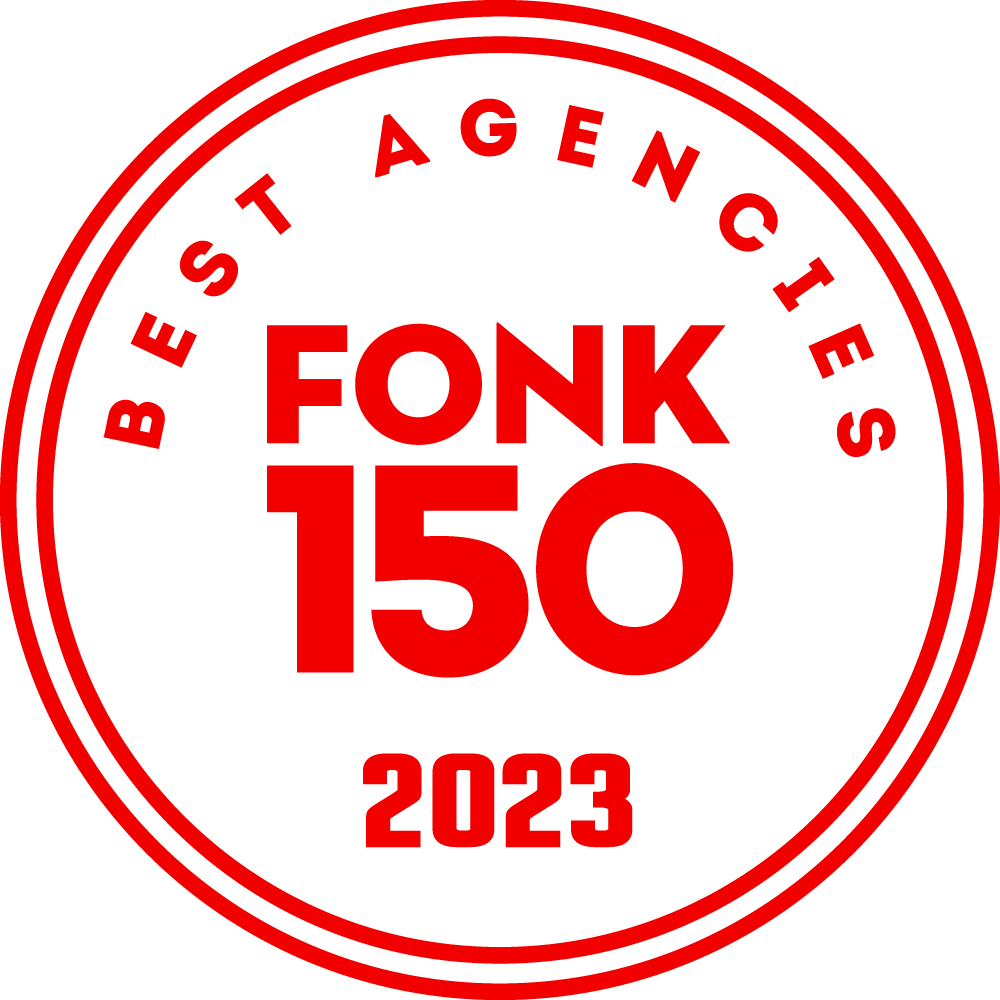Effective development with SCRUM: the discovery workshop
There is a lot involved in developing an app. So it's nice if it happens as effectively and efficiently as possible. SevenLab uses the SCRUM development method for this. SCRUM shortens the time between deliveries and divides projects into bite-sized chunks, also called sprints.


Enter the conversation with Koen!
Why SCRUM?
We use SCRUM because this method offers enormous flexibility and control over each phase of the project. This allows us to use the available resources as effectively as possible. The experience of the end user is central, which results in higher customer satisfaction. In addition, the customer is actively involved in the planning and development throughout the project. This way, we know for sure that the final product meets their wishes.
The first step: discovery workshop
The discovery workshop lays the foundation for the layout of the project. It starts with a product vision, which briefly describes for whom and why the software or app is being developed and lists the basic features. Next, we discuss all the separate functionalities. We describe these from the point of view of the end user of the software. Such a description is called a user story.
The role of user stories
Each user story tells us from a different perspective what the app or software must be able to do. This way, we can take into account the different users and we know for sure that the functionality will meet all requirements. We map out who will be using the software and what they expect in terms of content and functions. When creating the user stories, we go all out. Feasibility and budget are less important in this phase; it's all about identifying the need and the amount of work involved in each user story.
Determine minimum viable product
From the user stories, we work towards a so-called 'minimum viable product': the minimum workable product. This is where the budget comes in and we start setting priorities. The user stories are prioritised in the categories Must Have, Should Have, Could Have or Won't Have. The result is a product plan that includes all the highly necessary functionality.
Sprint planning
The project is divided into sprints: bite-sized parts based on functionality that each last 2 weeks. In each sprint, a number of user stories are completed for a fixed part of the total budget. The number of sprints is determined by the number of people working on the project and the budget.
A solid basis for the project
At the end of the discovery workshop, we have a clear picture of the entire process for the app or software to be developed. We know what information comes from the system and what we want to do with it, and we have set priorities for the user stories. Now we can start our first sprint. When this is completed, we check whether there is any budget left. If so, we will improve or extend the product based on feedback: we plan a new sprint. This process repeats itself until the budget is exhausted or until the product is completely perfect.

